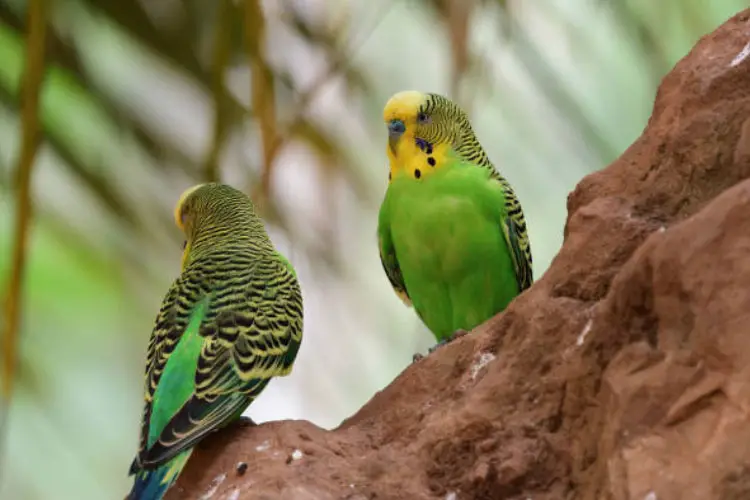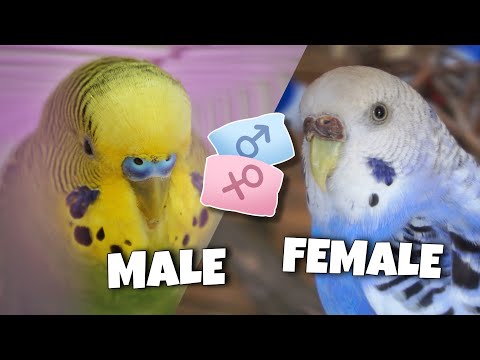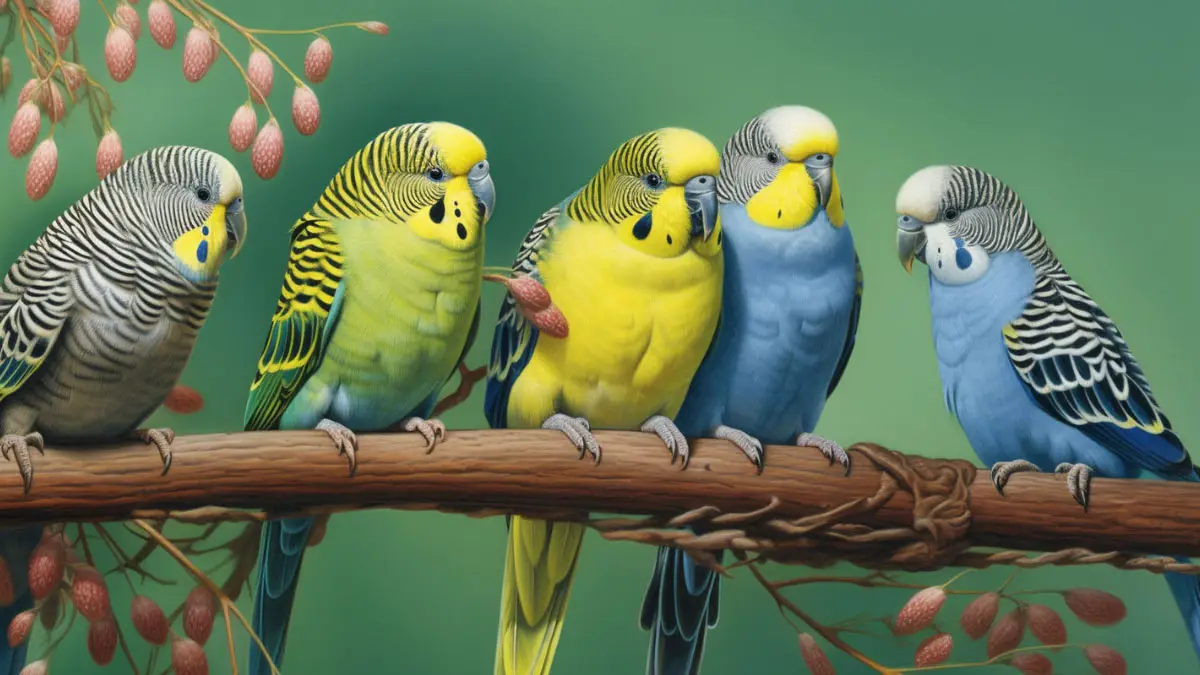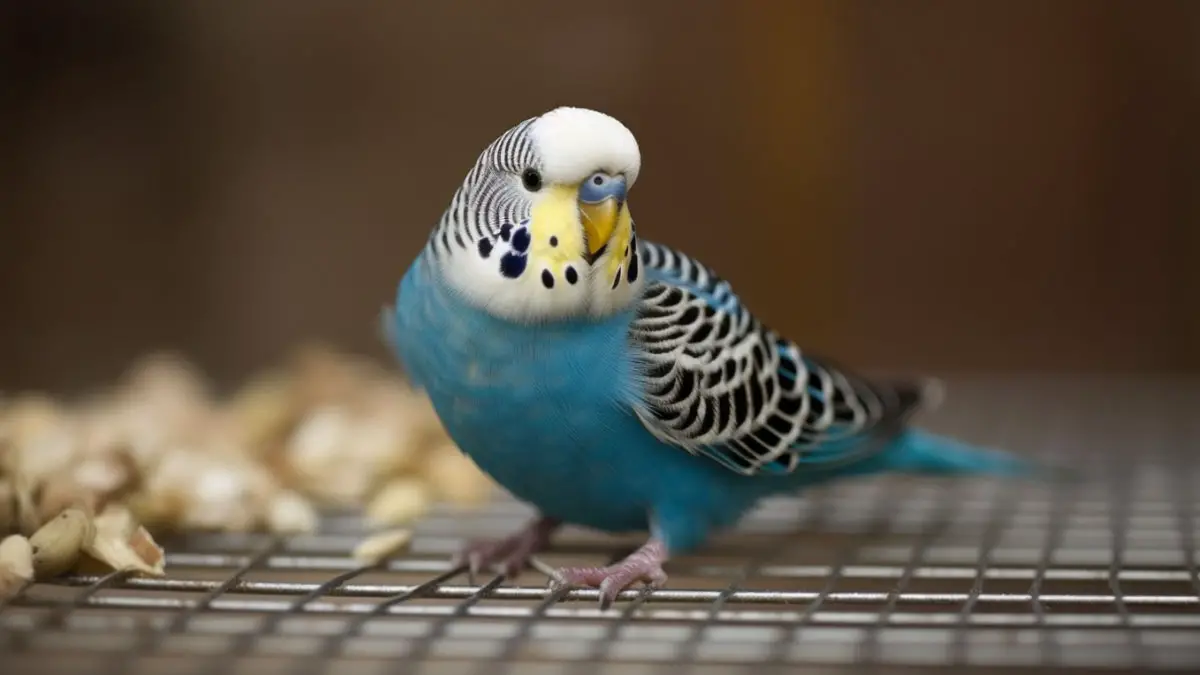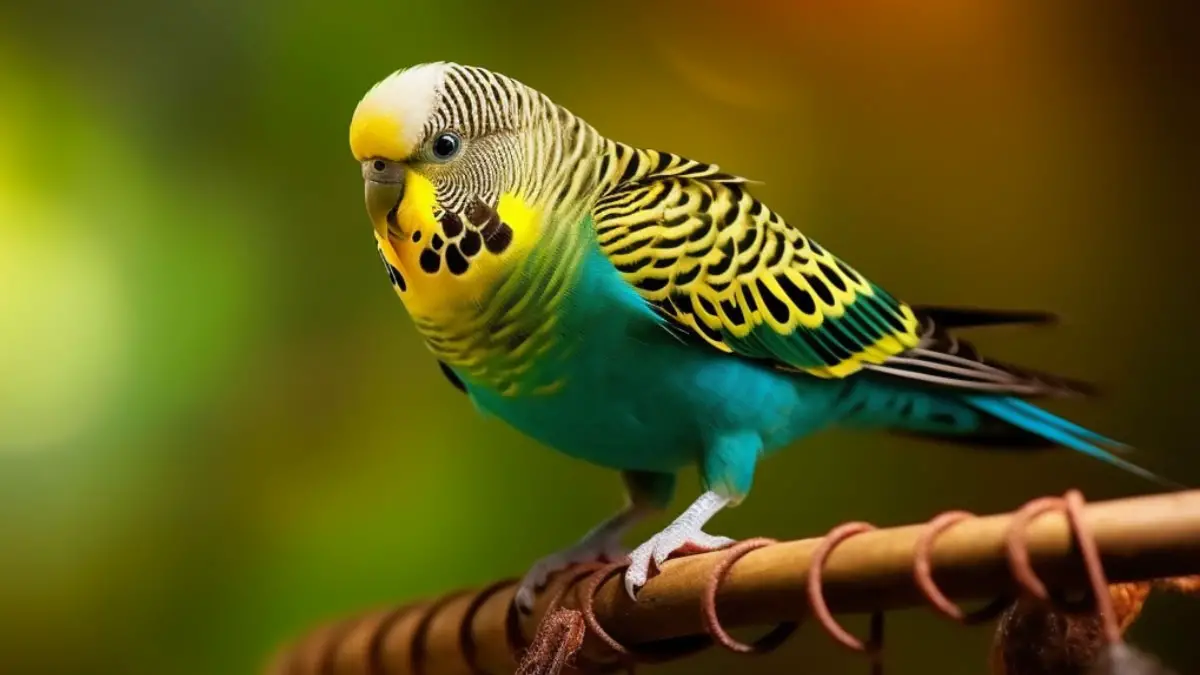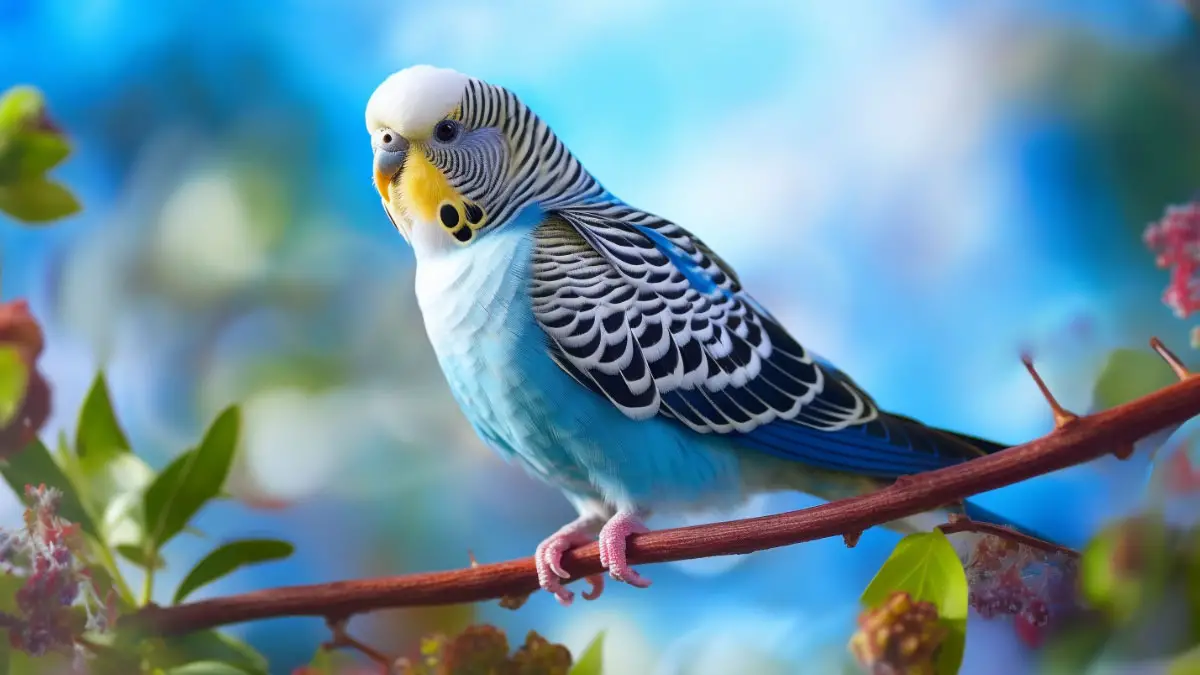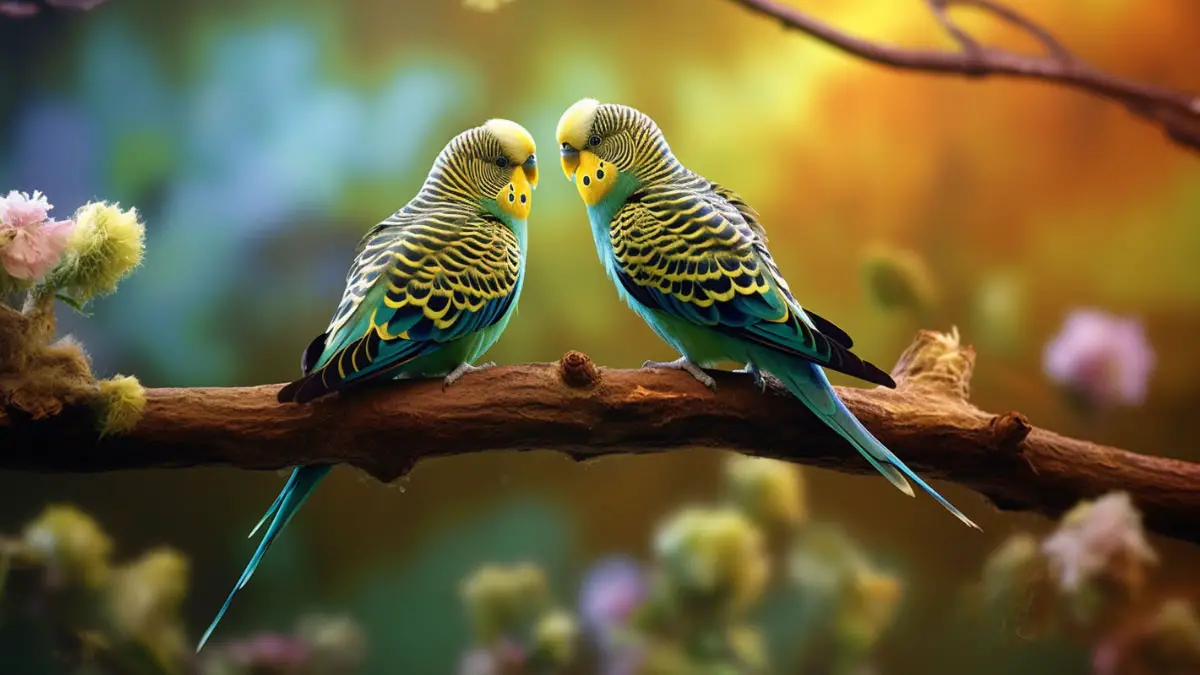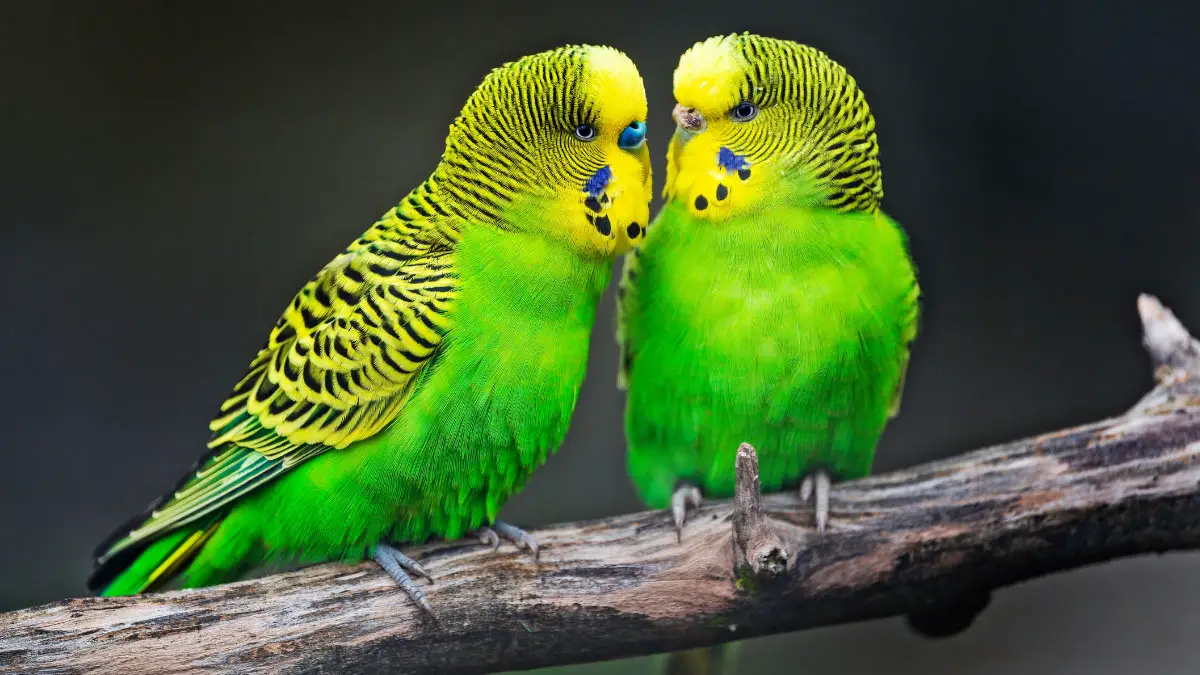Budgies are available in different colors, mutations, and varieties. Some varieties, like the rainbow parakeets, are pretty rare and others, like green budgies, are common. But they are fascinating to watch and keep as pets.
So, what is a green budgie like? Green budgies are medium-sized parakeets that are primarily green in color. Their head is generally yellow, while the back and the wing feathers have black markings. And just like other budgie types, you will find green parakeets in several color variations, including olive and gray-green. Although they vary in color and appearance, their characteristics are pretty much similar to a regular budgie.
There’s more about them! So, please keep reading to find out everything you need to know about the green budgie and its origin.
What Is A Green Budgie Like
Green is the traditional, natural color for a budgie or the dominant color in nearly all wild budgerigars. A green budgie or common parakeet, medium in size, has a green body with a yellow head and dull pink bill. The wings, nape, and back have black, scalloped markings.
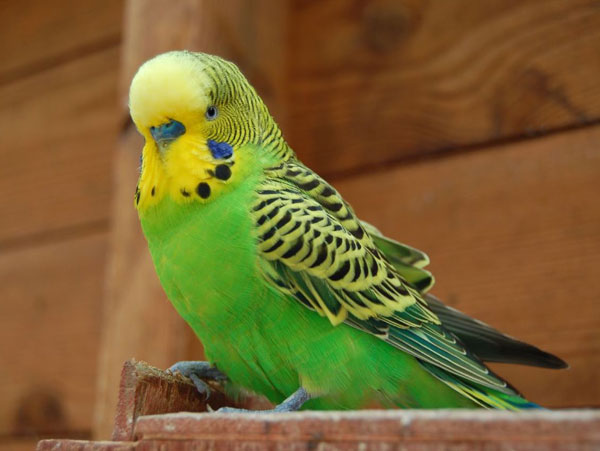
This budgie type is native to North and Central America. You will often find the green parakeet in the open woodlands, grasslands, and scrublands of Southern Texas and northern Nicaragua. But just like with other parrot species, the green parakeet is available in many color mutations ranging from:
- Light green
- Olive budgie
- Gray-green budgie
- Dark green
The light green mutation is very bright since it has no dark factors. Meanwhile, the olive comprises a combination of two dark factors, making it the darkest shade of green. This mutation also has purple patches on the cheeks.
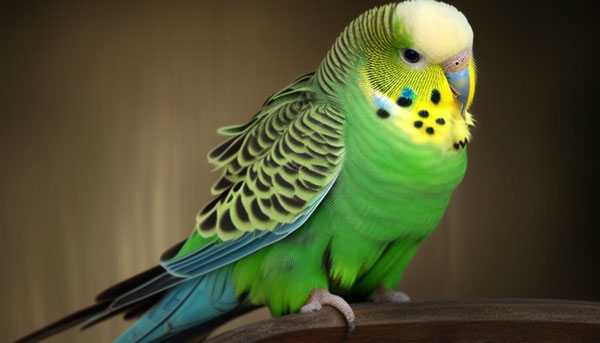
Budgies with gray-green color variation have gray/blue cheeks, and the tail feathers are black. On the other hand, the dark green mutation boasts a single dark factor, resulting in a less bright shade of green.
Are Green Budgies Rare?
No. Since green is the original color, green or yellow-based budgies are very common, especially in the wild. This color mutation is also prevalent among captive parakeets. Generally, green budgies are green because of a yellow pigment called psittacofulvine. When this pigment mixes with a blue hue, this results in a green budgie.
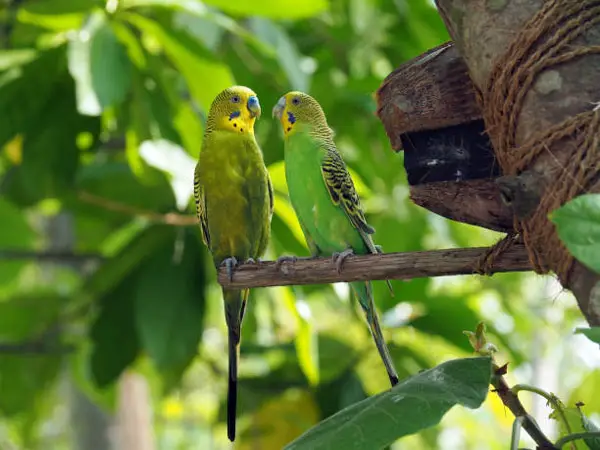
Unlike most color variations, green is genetically dominant or secondary and not recessive like blue. Therefore, if you breed two dark green budgies, you will have dark green offspring. This explains why green budgies are not rare. Instead, the rarest budgies are:
- Black parakeets
- Lutino and albino budgerigars
- Dark gray or anthracite budgie
- Rainbow budgie
- Half-sider parakeets
Are Green Budgies Female Or Male?
Green budgies are available in both the male and female sexes. You can tell if your green budgie is male or female through different methods, including:
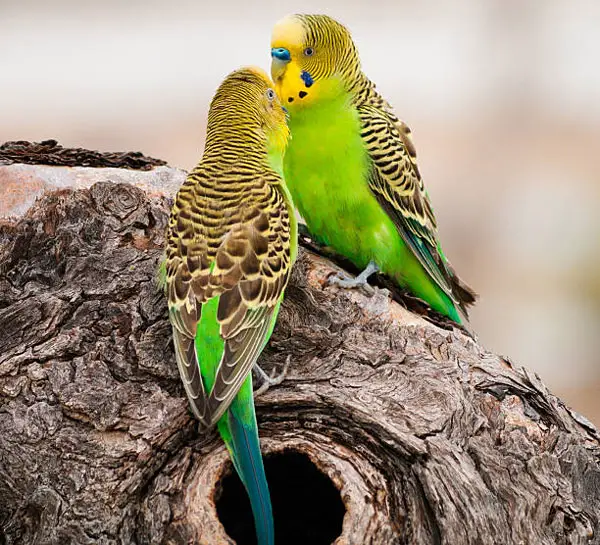
Color of cere
Cere is the area just above your budgies’ beak. At a young age, male green parakeets usually have a pink cere. And as they grow, the cere usually becomes purple and dark blue during the breeding season.
On the other hand, female green budgies have whitish cere with pink and blue tones when under three months. Over time and during the breeding season, the cere usually turns brown.
Check out this video of how to tell the difference between male and female green budgies:
Behavior
The behavior of green budgies is another way to distinguish if they are male or female. Male green budgerigars are generally vocal, cheerful, highly flirtatious, and extroverted. Their female counterparts are playful, more aggressive, and less verbal.
Egg laying
Only female green budgies will lay eggs. These birds will produce eggs whether they have mated or not. They may start laying the eggs as early as five months up to over 10 years of age.
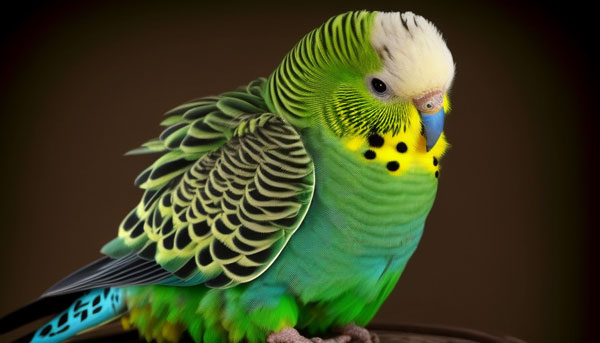
Surgical sexing
This can be done using an endoscope to determine if your green budgie is male or female. A vet inserts the endoscope into the abdominal air sacs of your parakeet to view the reproductive organs.
Are Green Parakeets Healthy?
Yes. Green parakeets are generally healthier since they are naturally found in their native environment. This is compared to other color varieties like blue, which are bred for their color. And as it turns out, the closer the budgie’s color is to its native coloration, the healthier it will be.
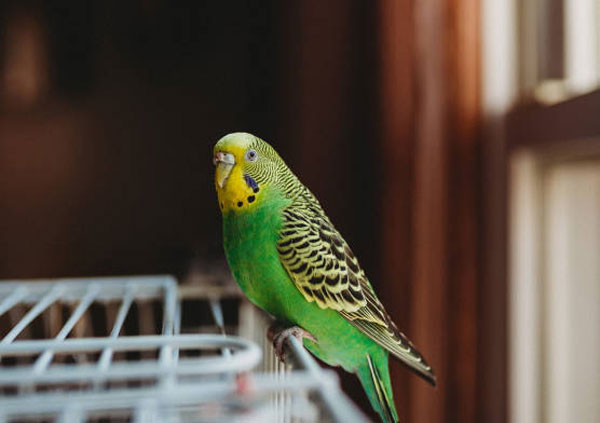
While these parrot species are generally healthy, they are still susceptible to health problems. This happens due to temperature variations, unbalanced diet, lack of exercise, and staying in dirty cages. For instance, your green budgies may develop the following:
- Respiratory infections
- Bacterial, viral, or fungal infections
- Goiter or hypothyroidism
- Psittacosis
- Liver and kidney problems
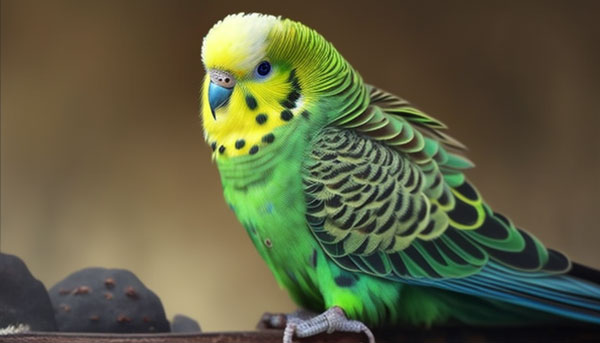
How To Tell The Age Of A Green Budgie
Determining the age of your green budgie can be easy if you know what to look out for. Below are easy ways to estimate how old your bird could be.
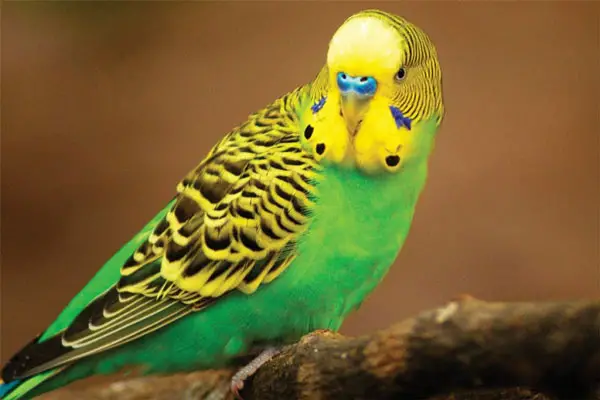
Striped cap or forehead
Budgies younger than three or four months typically have bars or stripes on their forehead. The bars stretch to the bottom of the upper beak.
However, older budgies don’t have striped cap feathers but have a plain yellow feather cap instead. This is because green budgies usually undergo molting between the age of three to four months.
Eyes
A green budgie less than four months of age usually has completely black eyes with no iris rings. However, budgies older than four months tend to have dark gray irises. But if your parakeet is eight months old, the iris rings should be light gray or brown.
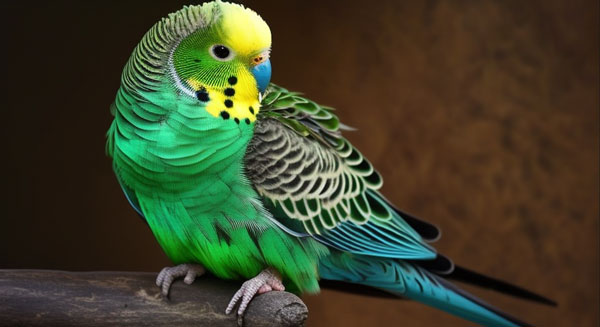
Beak color
When green budgies are less than 12 weeks old, their beaks usually have excess pigment. As such, their beaks may appear extremely dark-colored. As the budgie ages, the surplus pigment is generally absorbed, resulting in typical violet, pink, or light brown beak color.
Asking the breeder
If you buy your green budgie from a reputable breeder, you will get accurate information on when the bird was hatched. This makes it easy to estimate its age.
How Much Does A Green Parakeet Cost?
Since green parakeets are not rare, they are not expensive. You can expect to buy a single green parakeet between $20 and $30. A pair may cost you anywhere between $40 and $70. Generally, the prices vary due to factors such as:
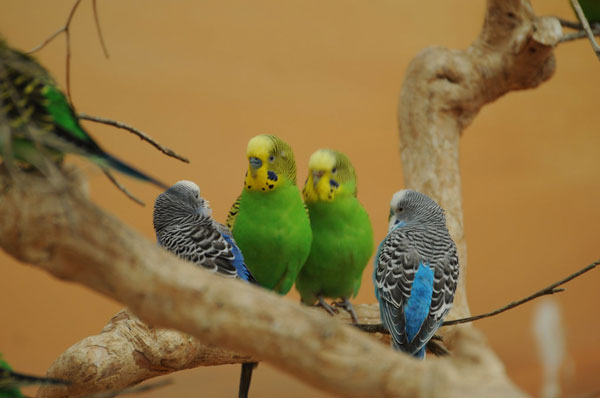
- Budgie age
- Number of breeders
- Your location
- How the birds were raised
Green Budgie Lifespan
Green budgies in the wild can live for 4 to 6 years. This is because, in the wild, these birds are exposed to all sorts of predators. Not to mention the harsh climatic conditions, including prolonged droughts.
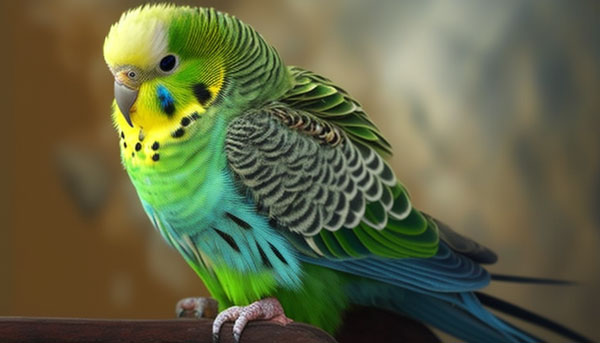
However, green parakeets in captivity have an estimated lifespan of between 5 and 10 years. Sometimes, they may live for over 10 years if well cared for. This is because, unlike wild green budgies, captive birds have access to quality food and are well protected from animals of prey.
What Do Green Budgies Eat?
Green budgies have a varied diet comprising insects, leaves, and grass seeds in the wild. This is because they are omnivores. However, green parakeets in captivity will eat seed mixes, including sunflower seeds, millet, barley, wheat, and oats. Other foods your green budgie can eat are:
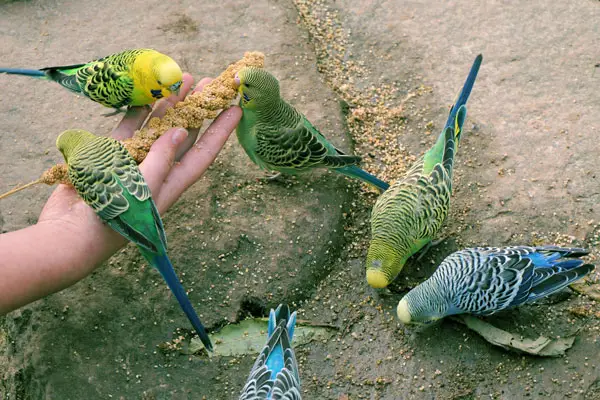
- Pellets
- Fruits and vegetables
- Cuttlefish bone or mineral blocks
- Weeds like chickweed and dandelions
- Herbs like parsley, basil, and mint
FAQs
Before we conclude, let’s quickly respond to commonly asked questions about green budgies.
This is because they have a yellow pigment called psittacofulvine and two dark factors. Budgies that don’t have this pigment are usually blue on the chest and white on the head.
Green budgies are medium in size. They measure about 12.6 inches or 32cm in length from the head to the tail. The wings range between 6.25 inches and 6.75 inches long.
These budgie species are ready to start breeding as soon as they reach six months of age. However, it is not advisable to let your green budgie breed before attaining the age of one year. This is because younger budgies may hurt their chicks or eat the eggs.
Outro
Green budgies are not rare compared to other parrot species like rainbow budgies. This is because green is a dominant gene and is close to their native coloration.
They make great pets since they are generally healthy and with a longer lifespan. However, knowing how to differentiate between male and female green budgies is critical since they look nearly alike.
